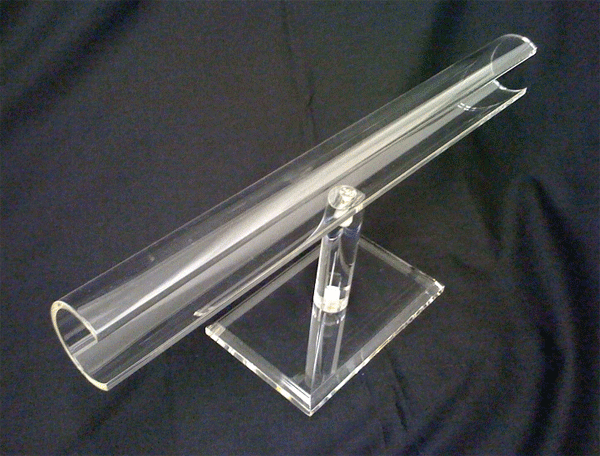Why even choose to produce plastic materials? To begin with, plastic production usually has the benefit of having fairly quick completion times, and in contrast to the majority of materials there’s also the choice of colouring plastic prior to production, instead of after. It’s significant malleability is the reason why it has a comparatively low melting temperature, and it is more lightweight than many other resources – these two elements simplify the development process. Additionally, plastics are comparatively inert and hence possess higher chemical resistance. Even with these advantages, plastic material is however not suitable for purposes that necessitate a high physical integrity, and is extremely prone to depreciation in the long-term.
Introduction To CNC Machining
CNC machining is a computer regulated subtractive process, that eliminates material from plastic in order to produce the desired shape. The computer is high-tech, with the capability to convert a model into numbers by using a computer assisted design software system. The numbers are then able to manipulate the machine to cut the required form. To setup, the machines need an intermediate step in the creation and validation of tool paths. Once the machine obtains the tool paths, the subtractive procedure is started. When the assemblage is complete, the component part is cleansed, smoothed, and trimmed.
For lower quantity plastic component part requests that require tight tolerances and forms which are challenging to shape, machining meets your needs. CNC machining also has minimal to moderate initial expenses, and can also produce top quality plastic components with limited completion times. Nevertheless, with an increase of product complexity, the cost per part boosts. Moreover, the process demands tool access considerations, and certain designs, for example those with curved interior channels, are near-impossible to make using CNC manufacturing.
Breakdown Of Vacuum Formation
Vacuum formation is a process through which plastic material is warmed and moulded, normally working with a mould. The scale and complexity of vacuum-forming machines cover anything from affordable desktop devices to innovative production machinery. {Click here for much more information bespoke acrylic shapes. This informative website perspex fabricators Uk provides extensive more info on the topic of perspex vacuum forming.|{For anyone interested in more data with respect to plastic material development this particular web-site plastic prototyping equipment provides many more articles or reviews regarding thermoforming plastic. This url www.displaydevelopments.co.uk/bespoke-manufacturing has a lot more information on the topic of thermoforming plastic materials.
It is often suited to any project, from custom designs to large-scale fabrication, considering the large choice of machinery offered and that automatisation is undoubtedly an option if required. Nevertheless, there’s minimum versatility in the types of shape it can create, and is unfortunately exclusively competent to build parts with simple geometries. In comparison with other techniques, tooling costs are low, simply because vacuum formation only needs low forces and pressures. Commonly, for small manufacturing sizes the moulds are constructed with 3D printed resin, or possibly plaster, and then for greater manufacturing sizes more durable equipment made of metal is commonly used.
The manufacturing method starts off with a sheet of plastic material being clamped and warmed up until the plastic becomes mouldable. The plastic is then placed into the mould and cooled down, and often fans as well as other chilling methods are implemented in an effort to speed up the cooling process. The ultimate stage involves any excess plastic being removed.

